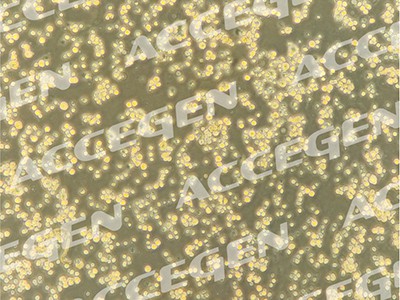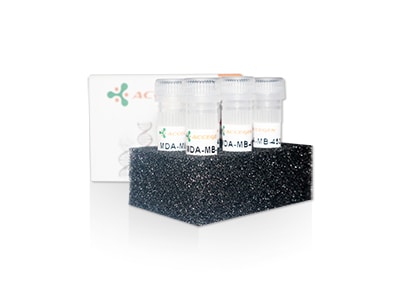Featured Products
Explore Products
- In-Stock Tumor Cell Lines
- Human Orbital Fibroblasts
- Human Microglia
- Human Pulmonary Alveolar Epithelial Cells
- Human Colonic Fibroblasts
- Human Type II Alveolar Epithelial Cells
- Human Valvular Interstitial Cells
- Human Thyroid Epithelial Cells
- C57BL/6 Mouse Dermal Fibroblasts
- Human Alveolar Macrophages
- Human Dermal Fibroblasts, Adult
- Human Lung Fibroblasts, Adult
- Human Retinal Muller Cells
- Human Articular Chondrocytes
- Human Retinal Pigment Epithelial Cells
- Human Pancreatic Islets of Langerhans Cells
- Human Kidney Podocyte Cells
- Human Renal Proximal Tubule Cells





 They are used to examine the anti-proliferative effects of drugs and uncover the molecular mechanisms behind therapeutic efficacy. Additionally, these cells aid in studying tumorigenesis, endocrine resistance signaling, and identifying potential markers for breast cancer. By assessing drug responses, investigating tumor pathways, and analyzing gene and protein profiles, MDA-MB-453 cells contribute to understanding breast cancer biology and advancing targeted therapies. Their versatility makes them valuable tools in research aiming to improve treatment outcomes for breast cancer patients.
They are used to examine the anti-proliferative effects of drugs and uncover the molecular mechanisms behind therapeutic efficacy. Additionally, these cells aid in studying tumorigenesis, endocrine resistance signaling, and identifying potential markers for breast cancer. By assessing drug responses, investigating tumor pathways, and analyzing gene and protein profiles, MDA-MB-453 cells contribute to understanding breast cancer biology and advancing targeted therapies. Their versatility makes them valuable tools in research aiming to improve treatment outcomes for breast cancer patients.